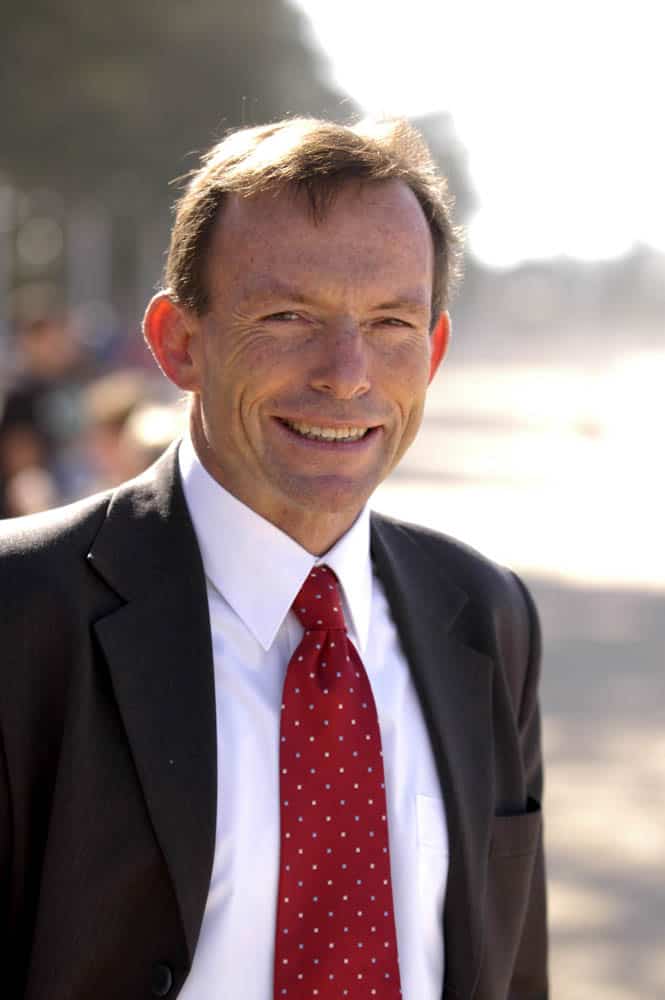 28 April is the annual day of remembrance for those people who have died at work. It has various names depending on local politics but the World Day for Safety and Health at Work, established by the International Labour Organization. This year ceremonies are being held on many days around April 28. On Wednesday 24 April, Australia’s Workplace Relations Minister, Bill Shorten, spoke at the remembrance ceremony in Brisbane. The official speech is illustrative.
28 April is the annual day of remembrance for those people who have died at work. It has various names depending on local politics but the World Day for Safety and Health at Work, established by the International Labour Organization. This year ceremonies are being held on many days around April 28. On Wednesday 24 April, Australia’s Workplace Relations Minister, Bill Shorten, spoke at the remembrance ceremony in Brisbane. The official speech is illustrative.
Shorten states an occupational health and safety principle:
“…we know [workplace deaths] are preventable. They are not accidents.
Let me repeat this: by far most deaths and serious injuries are predictable safety failures.
It’s not a systems’ failure or risk assessment failure, or hazard identification failure…and all those other handsome words without tears.
It is the failure that springs as a readymade monster from the knowing tolerance of small daily hazards at the daily tasks.” (emphasis added)
Even given the qualifications in the highlighted statement above Shorten believes workplace incidents are safety failures that occur due to a “knowing tolerance” of hazards. The risk is not in the hazards themselves but in our tolerance of these hazards. Continue reading “Australian IR Minister calls for dignity, respect and trust in workplace safety”




